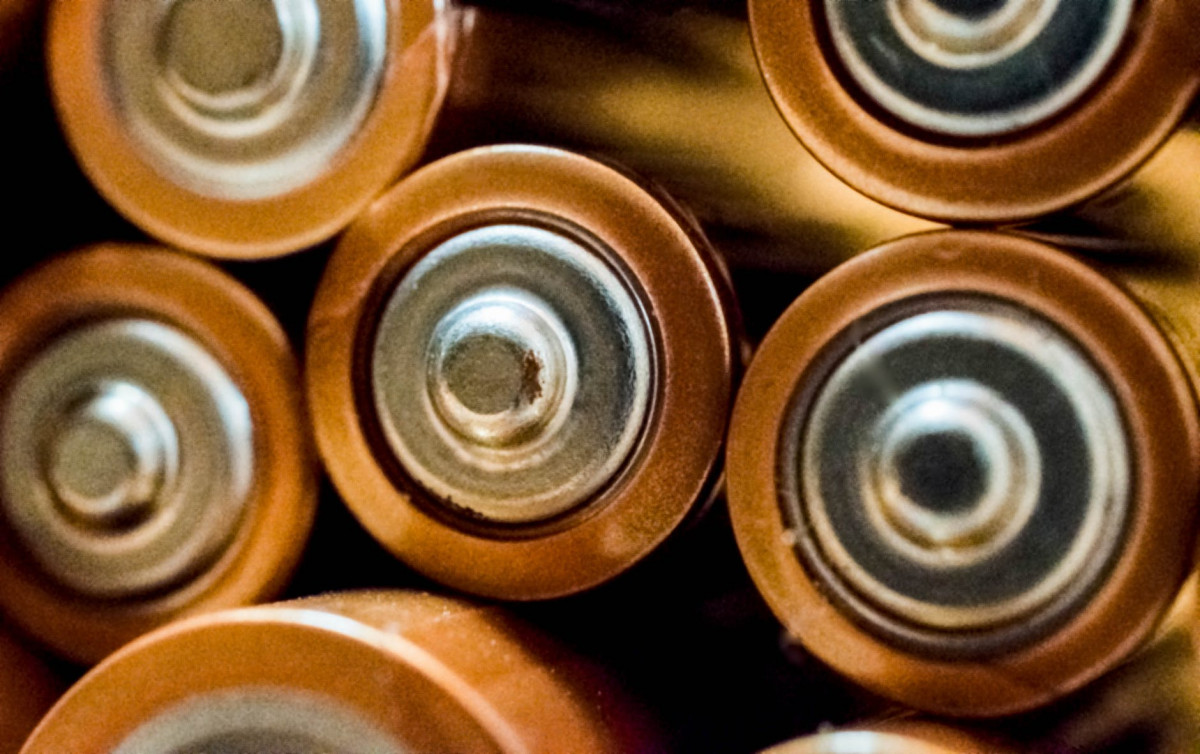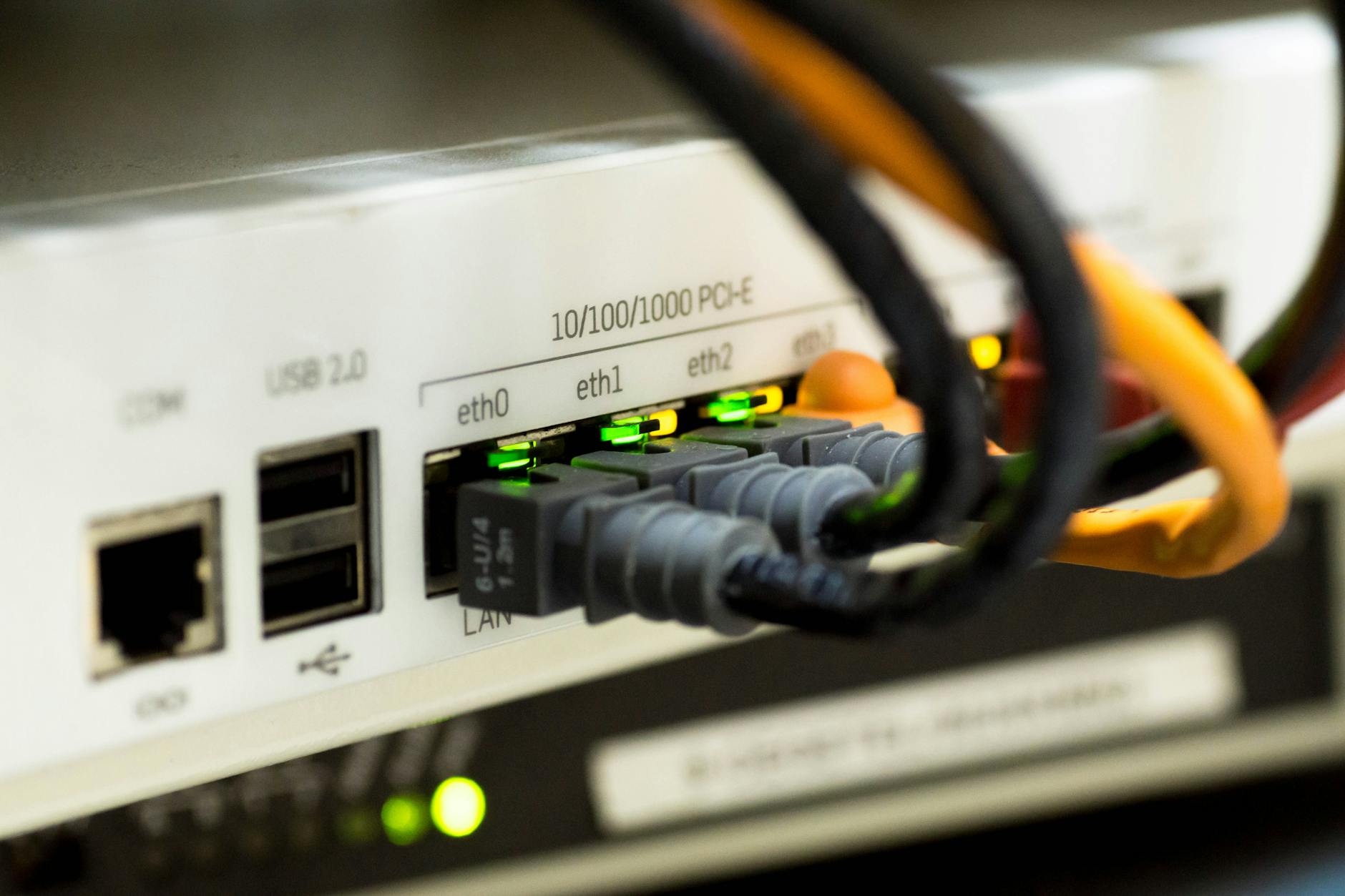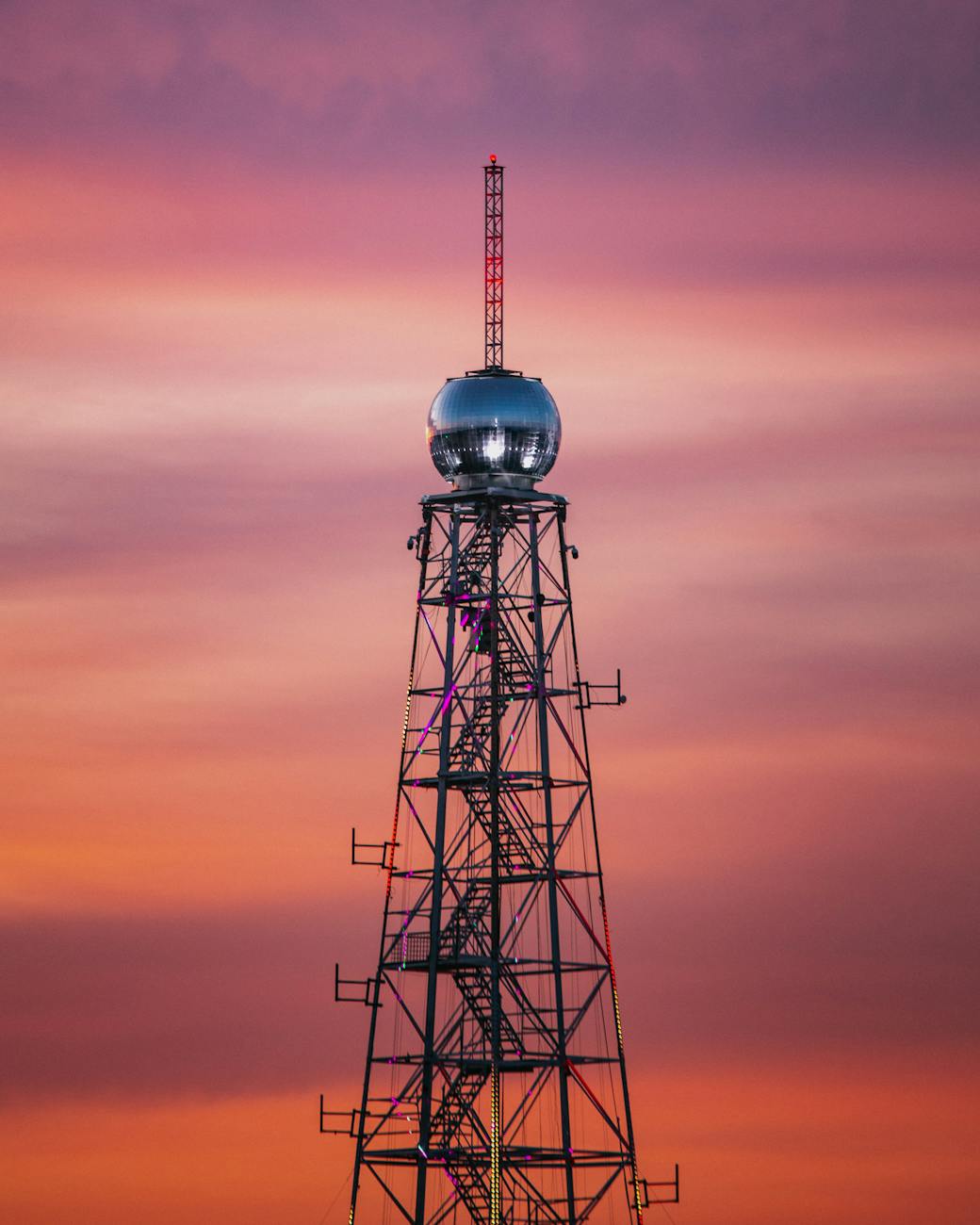Well, I’ve been using various NiMH batteries in the AA (aka LF-91) and AAA (aka LF-92) form factors for over a decade now. They are a great way to save the environment and they are cheaper too. We have the LaCrosse chargers and there are really two limitations to them:
- If you don’t get the Eneloop or other low discharge batteries, they will run down in a month or so.
- They generate 1.4V, so slightly lower than the 1.5V so some things won’t work with them as they need that much voltage. For instance, our Brother P-touch is a label maker that really wants to see 1.5V
- They have gotten quite cheap at less than a $1 per cell, so never as cheap as alkaline batteries, but they last over 500 charges, so you are saving a lot.
However, the big move now as with all things is to Lithium-Ion, this has some advantages and then some disadvantages:
- Not that it matters in these applications, but they are definitely lighter, so if you have something that is weight critical like say a set of Garmin Powertap bike pedals, then this is a big deal.
- They are all internally really running at 3.4V, so they need step down electronics to get to 1.5V
- They do need new chargers which are tuned for this new battery chemistry and some just have a microUSB sticking out so you don’t need to buy a LiPo battery charger.
- They are pretty hard to find and expensive because everyone (cough, the EV, phone and laptop industries need them).
- They have less capacity than NiMH but they produce their 1.5V uniformly before failing, so this is nice for applications that can’t deal with gradual voltage loss.
TL;dr Get Fujitsu HR3UTC NiMH for long life and low cost, Pownergy Li-ion for high voltage or light weight
TL;dr, the main point is to get the Fujitsu HR3UTC if you have things that don’t need constant voltage, so for instance flashlights great, it will be slightly dimmer (1.5V for Lion vs 1.4V going down to 1.2V for NiMH). It is the default choice since they are cheaper and will run longer (at lower voltages) than Li-ion batteries.
Lithium-ion is much more expensive and is best for the opposite case, where you need constant voltages and lightweight such sensitive electronics. A great example of this is my PowerTap P1 pedals for the bike or the Brother P-Touch label makers.
The electronics on both are sensitive and need a 1.5V minimum voltage. And with the Pedals, the difference in weight of 10 grams matters if you are a weight weenie and want your bike to break the 1999 UCI weight limits for events like the Tour de France of 6.8 kg or just under 14.99 pounds. These days, you can get climbing bikes like the old Trek Émonda 10 which is 4.6 kg or 10.1 pounds!
The ones to get right now are Pownergy Li-Ion which doesn’t need a dedicated charger, but if you need a dedicated one, then the Littokala for Li-ion cells (when I find one)
NiMH Recommendations
Perhaps the biggest problem though is a lack of reviews, the number of sites (geekydeck.com)_ that do more than a quick survey of Amazon scores is incredible and it doesn’t pay to do deep reviews much anymore. Plus, some of these are going to need a longevity test which takes time and patience. But, I’ve tried a huge variety including, but you want high capacity and Low Self Discharge (as NiMH normally loses a lot of charge if it is just stored). There are some of these sites like Gear hungry, and Earthtechling that do these high-level reviews. But some more specific ones like Wirecutter, SLRLounge and Reviewed.com which typically measure and then test the batteries in low (like a fan at 600 mA) and high-drain cases (like a flashlight at 1.4A):
Then there are more common batteries that you can get in the mass market with lower capacities but longer life since they support 2,100 or so cycles in the best ones, but you sort of get what you pay for, for about $2.60/battery you can get Japanese made Fujitsu’s that hold charge, for $2.50 you can get eneloop’s from China that are ultra low discharge or for $1 you can get Amazon Basics which are reportedly old eneloops but they have less charge and lower cycle.:
- Fujitsu AA HR3UTC batteries are now made in the original Sanyo Eneloop Twicell factory in Gunma, Takasaki Japan and which is now owned by FDK, they cost more at $29 for 12 which is probably why Panasonic moved to China since $2.50 a battery is pretty high in this market. The Fujitsu HR4UTC AAA version is $12 for 4 AAAs with 800 mAh and 2,100 charge cycles. So pretty expensive, see the Amazon Basics for a rebadged version at nearly $3 each vs $2.50 for eneloop (but made in Japan) and $1 for Amazon Basics (but 2x the cycles) each, but it has double the charge cycles.
- Panasonic BK-3MCCA eneloop. These are the basic ones that are everywhere at 2000 mAh with 2,100 cycles and low discharge and is 1,940 mAh actual. It is $13 for four AAs, $11 for four for AAA or $16 for eight with 2,100 cycles and 800 mAh at $2 each. These were originally made by Sanyo, but when Panasonic bought them, they moved to China. There are some who think that these use a different chemistry than the original Eneloop (now Fujitsu see below) and they are really Evolta batteries and have less power holding after say 20 cycles. These do last 2,100 cycles so much longer than the high-drain ones below and are 1.2V, so use them where electronics are not sensitive to this.
- AmazonBasics Performance Rechargeable. These are OEMed of course, but last reasonably long and are cheap but you are supporting Amazon 🙂 it is 2,000 mAh rated, 1862 mAh actual. Some folks think these are rebranded Japanese Fujitsu/old Eneloops and are $14 for 8. The AAA Performance is $11 for twelve with 800 mAh and 1000 cycles, so quite a bit less than the Fujitsu, i fact, if the 2,100 is correct even though the Fujitsu is twice the price, they are actually pretty close to worth it. These seem like they may be rebadged Energizer Recharge’s, since the spec are basically identical at 1,000 cycles. And in reviewed.com tests, they held quite a bit less.
- Energizer Recharge. They last a bit longer which is 2,000 mAh at 1,896 actual for 1,000 cycles and $10 for four AAA for 800 mAh and 400 cycles In the wirecutter tests it lasted longer than the Eneloop at low drain, but definitely less reviewed and more expensive than the chinese eneloops even. These have beaten the eneloop in real world tests at Wirecutter and Reviewed, so seem to hold up better, but only last 1,000 cycles
Finally, if you want a high capacity Panasonic, then you will have to give up on the number of cycles significantly but if you have a high drain use case like quick recharge of a camera flash, then this is a good choice:
- Fugitsu HR-3UTHCEX. This is $14 for 4 AAs and are made in Japan that are LSD and high capacity at 2550 mAh with 500 cycles. And then there is the Fujitsu AAA HR4UTHC versions are $16.90 for eight with 950 mAh of charge and 500 cycles. These are HC vs C variants. I’m guessing H standard for High capacity.
- PowerEx PRO. These are $25 for an eight pack (so half the price of Li-ion) with 2700 mAh and Low self-discharge. Also, they cycle faster since the voltages are higher for things like flashes The AAA batteries are $14 for four with 1000 mAh with up to 500 cycles. These are made in Japan and they appear to have more variability than the japanese made eneloops, so caveat emptor
- Panasonic BK-3HCCA eneloop pro. These have higher capacity at 2550 mAh but many fewer cycles, more like 400 than 2,100, so only get these if the batteries are going to be in hard to change locations.
- Amazon Basics High Capacity. 2,400 mAh, 400 cycles for $16 for 8. And some people think they are rebranded Eneloop pros. These may be the old Japanese Fujistu/old Eneloop
The reason that the mAh rating is different than actual usage is that it depend on how much voltage is needed to drive things.
Li-Ion Recommendations: Pownergy
The two best sites I’ve found for this topic are Project Farm which does all kinds of random things, in particular, the tests a huge number of brands which is great because none of the common household brands are doing this. The long and short is that he really likes the Vapcell and the SmartToools for both the charge capacity and how long they lasted.
Unfortunately, neither of these brands are available, but Tenavolt is all over Amazon right now. There are specialty folks like LiIonWholsale.com with a huge array. Most are the really common 18650 (of early Tesla fame) and also the newer 21700 (now inside the Tesla Model 3/Y) but they have a few AA Size but the Vapcell P1418A is out of stock at $9 each (so they are way more expensive than NiMH). CandlePower Forums has a deeper parameter analysis of this one and it looks pretty at least the 2020 version.
The other recommended battery is the SmartToools (yes that’s three ‘o’s in a row) is also not available that I can find. It is a 2600 mWh battery with 1200 cycles. And, it is MicroUSB charged.
They do have the Opicplus AA with 2800 mWh which is $10.49 in a dual pack for LiIonWhosales. And the Tenavolt INR which is all over Amazon at $35 for four plus the charger at 1850 mAh claimed and 1692 mAh measured). As well as the Pownergy which is micro USB and is $22 for four with a claimed 2960 mWh (or 1973 claimed and 1751 mAh actual)
So, get the LiOn if you need constant voltage, that is it is sensitive to voltage or it is lightweight. The best idea is to first stick some NiMH in and most equipment will work fine. For instance, in a flashlight or in a PS5 or Xbox controller, or in a clock. Switch to LiON if you discover the electronics won’t run at lower voltages (Brother P-touch Labelmaker) or if you need it to be light (PowerTap P1 pedals)
The test done by Project Farm does two things, tells you the capacity of the battery at a given current draw, so at 250 mA Discharge (at 1.5V), how many mAh does it have, in other words, the Vapcell as an example has a capacity of 1999 mAh, so that means it will last 1999 mAh/250mA or about eight hours discharging like that. In comparison, the Smarttoools has 1470 mAh so it will last 1470/250=5.9 hours:
- Sorbo, 959 mAh
- Safeloop, 1103 mAh
- Maxwel, 1438
- Smartoools, 1470 (does much better at high drain)
- MaxLithium, 1593
- OpicPlus, 1606
- Tenavolt, 1692 (much worse at high drain)
- Pownergy, 1751
- Blackube, 1830 (worse at high drain)
- Amptorrent, 1988
- Vapcell, 1999
The second test is how long will you run with high drains, more like 500mA, and then they have a fan test which also measures the Voltage as well (via the RPM). So in the test, the Eneloop NiMH runs longer but runs down to lower voltages. Note this list should be about the same as the previous one if the current drains are close:
- Sorbo 102 minutes, $5.50 (I actually have a set of four of these, which I got pre-review)
- Safeloop 115, $6
- MaxLithium 144, $6
- Tenavolts 154, $7.50
- Blackube 168, $7.50
- Maxwel 172, $7
- Pownergy 179, $5
- OpicPlus 186, $5
- AmpTorrent 188, $7
- Smartoools 193, $4.25
- Vapcell 233, $8.8
- Eneloop 278 minute but much lower voltages at 1.4 down to 1.2
Where (besides Amazon) to buy battereis
So, given all that and the availability issues, what makes sense to buy now and I haven’t found a good place to buy them other than Amazon, the sites that come up in searches like Battery Junction don’t have great reseller ratings or don’t have any like Lithium Battery Store, but you could try PhotonLight.com (just for NiMH, they don’t carry AA or AAA Li-ion) which does well at TrustPilot and they are in Oregon. Finally, the Battdepot gets a good rating and they are Bellingham for things like laptops. Or if you need a dedicated specialty battery you could try the RAION Group. Finally, Dakota Lithium for things like battery backup for alarm systems where you want them to last 5x longer than the traditional lead-acid batteries
What Li-Ion Batteries are available?
Net, net, the only batteries from reputable vendors seem to be Amazon right now:
- Pownergy. These are $22 for four at Amazon, so a decent $5.20 and they are mid-pack in terms of lasting at 179 minutes in high current drains and 1751 mAh at low drain scoring #8 and #7 respectively highest. These use micro USB to charge. These things have a Fakespot B-rating so OK to buy at least it isn’t a total scam.
- Tenavolts. It’s hard to tell the price since they bundle a charger, but it is $35 for the charger and four batteries. It scored #7 and then #4 highest on these tests, so a notch below the Pownergy but does have a Fakespot B-rating, so OK to buy.
Finally, there are a bunch of batteries on Amazon that didn’t get tested:
- Lankoo at $19 for four claiming 2600 mWh (which is 2600mWh/1.5V = 1733 mAh) but it does have USB C connections instead of microUSB but I’d be careful a C-rating on Fakespot
- Deleepow. This is $14 for four claiming 3200mWh or a whopping 2,133 mAh but it is 4/5 rating on Amazon and requires it’s own charger (for about $2!). Also it says 1500 cycles (vs the normal 1,200 cycles of charge and discharge). It’s not clear if you need that charger or something that understands Lithium
- Hixon. These are 2330mA mAh claimed with 1,500 cycles for $20 for four. I wouldn’t recommend since their w is a D-rating on review quality.
Battery chargers for Li-ion and NiMH: Littokala
Well, there are very few Li-ion chargers, you basically need to give them a different charging profile which is like 5V at 500 amps, so you need a specific charger. It is actually pretty hard to find review for Li-Ion chargers at Eneloop101.com has. decent one but the LIttokala works:
- SkyRC MC3000. This thing is super complicated device that let’s you program the charge profiles which is complicated but fun for hackers. Available at Amazon but there lots of reviews about its complexity. At $130, you better have a lot of Li-on batteries to ammortize it’s cost.
- Opus BT C3100. This is also on the list and is half the cost but has lots of compaints on Amazon, so beware. There is a deeper review in lygte-info.dk which basically sas it’s got a bunch of problems
- Littokala Lii-500. This is another one deeply reviewed by HKG and he definitely likes it. And at $30 on Amazon, it’s pretty reasonable with a B-rating from Fakespot.
Names for Batteries from AA to AAA…
As aside, the standard formula is the first two digits are the diameter and the second two are the length, so an 18650 is 18mm diameter and 65 mm long. So the AA form factor is also called a 14500 which is 14mm diameter and 50mm long. So if you want to be cool instead of saying AA, you can say L91 or 14500 if it Lithium ????. And if you are using the International names IEC, then the names vary by battery chemistry so AA is the size, but an LR6 is an Alkaline battery, R15 is Li-Ion, HR6 is NiMH and Li-Fe (Lithium Iron) is FR6. For American standards, the ANSI/NEDA name are 14500 for Lithium, 15A for Alkaline (the traditional one-time use batteries), 15H for NIMH and 15K for NiCd. In China, it’s called a #5, a UM3 in Japan. Confused yet?
If you want to be a complete nerd, then there is an entire list in Wikipedia on this topic, for instance the smaller AAA battery is called the HP16 in the UK. The C battery is HP11, #2 in China, UM 2 in China, LR14 Alkaline. A D battery in china is a #1.







